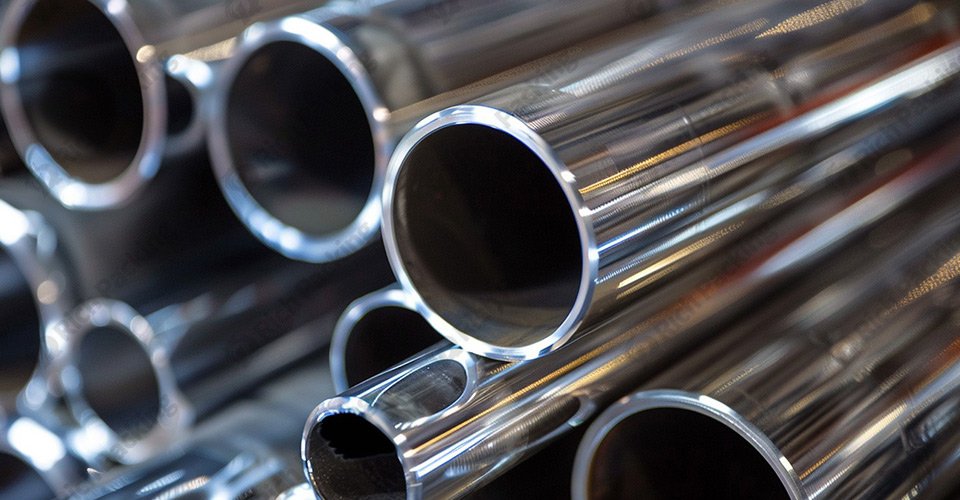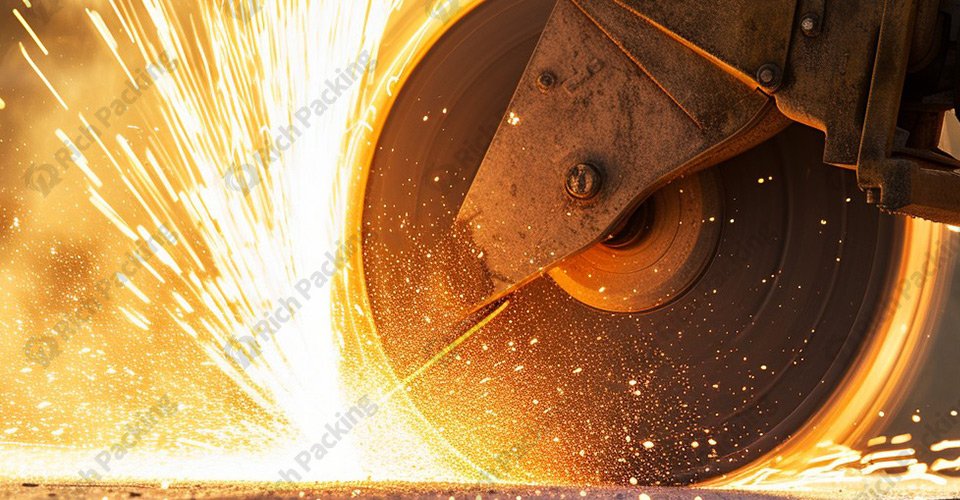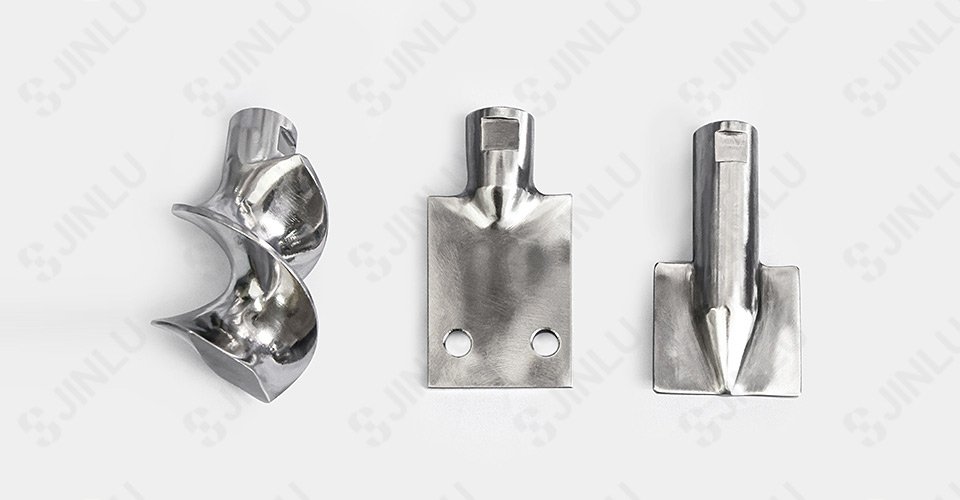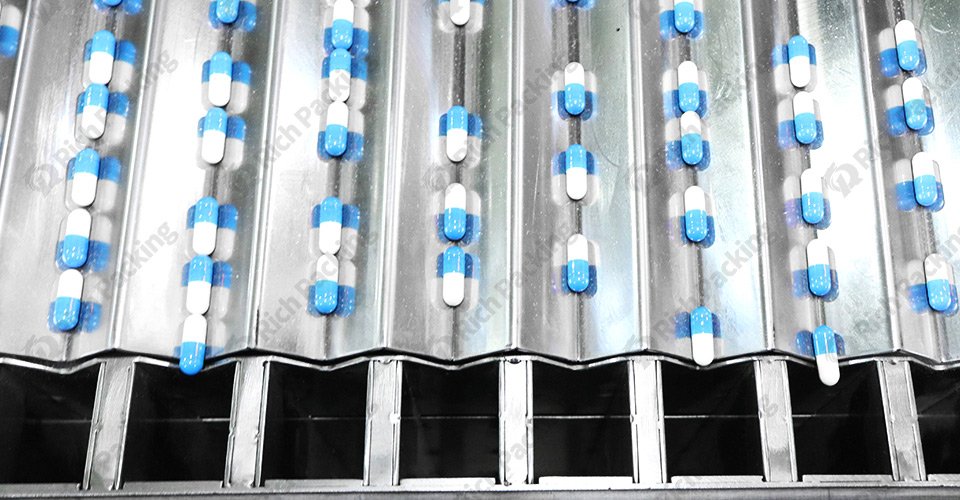Im Bereich pharmazeutische Ausrüstung Edelstahl hat sich aufgrund seiner hervorragenden Korrosionsbeständigkeit, guten mechanischen Eigenschaften und einfachen Reinigung und Wartung zu einem unverzichtbaren Werkstoff entwickelt. Angesichts der großen Auswahl an Edelstahlprodukten auf dem Markt ist die genaue Identifizierung von Typ und Qualität, um den sicheren und effizienten Betrieb pharmazeutischer Geräte zu gewährleisten, zu einer Fähigkeit geworden, die jeder Käufer beherrschen muss. In diesem Artikel werden die Klassifizierung und Eigenschaften von Edelstahl ausführlich erörtert, drei praktische Identifizierungsmethoden im Detail vorgestellt und seine Vor- und Nachteile sowie Anwendungsgebiete in pharmazeutischen Geräten analysiert.
Edelstahl ist, wie der Name schon sagt, eine Art legierter Stahl, der nicht leicht rostet und hauptsächlich aus Eisen, Chrom, Nickel und anderen Elementen besteht. Je nach Struktur und chemischer Zusammensetzung kann Edelstahl in austenitischen Edelstahl, ferritischen Edelstahl, martensitischen Edelstahl, Duplex-Edelstahl und ausscheidungsgehärteten Edelstahl sowie weitere Kategorien unterteilt werden.

Austenitischer Edelstahl: hauptsächlich Chrom-Nickel-Legierung mit guter Korrosionsbeständigkeit und Verarbeitbarkeit, wird häufig in Behältern für pharmazeutische Geräte, Rohrleitungen, Pumpenventilen und anderen Teilen verwendet.
Ferritischer Edelstahl: hoher Chromgehalt, hat eine gute Korrosionsbeständigkeit und Oxidationsbeständigkeit bei hohen Temperaturen, aber die mechanischen Eigenschaften sind relativ gering, geeignet für einige Gelegenheiten mit geringen Festigkeitsanforderungen.
Martensitischer Edelstahl: Durch Wärmebehandlung können hohe Festigkeit und Härte erreicht werden, die Korrosionsbeständigkeit ist jedoch relativ gering. Wird häufig bei Schneidwerkzeugen, medizinischen Instrumenten usw. verwendet.
Duplex-Edelstahl: eine Kombination aus austenitischer und ferritischer Zweiphasenstruktur mit hervorragenden mechanischen Eigenschaften und Korrosionsbeständigkeit, besonders geeignet für stark korrosive Umgebungen.
Ausscheidungsgehärteter Edelstahl: Durch Zugabe von Kupfer, Aluminium und anderen Elementen und nach einer speziellen Wärmebehandlung wird eine hohe Festigkeit und gute Korrosionsbeständigkeit erreicht, die für die Fertigung von High-End-Präzisionsstählen geeignet ist.
Methodenbeschreibung: Zur Identifizierung wurden die magnetischen Eigenschaften von Edelstahl herangezogen. Austenitischer Edelstahl (z. B. 304, 316) ist aufgrund seines hohen Nickelgehalts in der Regel nicht oder nur schwach magnetisch. Ferritischer und martensitischer Edelstahl hingegen weisen starke magnetische Eigenschaften auf. Die Edelstahlart lässt sich zunächst durch leichtes Berühren des zu prüfenden Materials mit einem Magneten und Beobachten seiner Adsorption bestimmen.
Beispielbeschreibung: Halten Sie einen kleinen Magneten und berühren Sie verschiedene Teile der pharmazeutischen Ausrüstung, wie etwa Flüssigkeitslagertanks (meistens austenitischem Edelstahl) und bestimmte Befestigungselemente (möglicherweise aus ferritischem oder martensitischem Edelstahl), und beobachten Sie die Reaktion des Magneten.
Vorteile und Nachteile: Diese Methode ist einfach und kostengünstig, eignet sich jedoch nur zur Unterscheidung von Austenit und anderen Edelstahlsorten und ist nicht in der Lage, bestimmte Güten zu unterscheiden.

2. Funkenidentifikation
Methodenbeschreibung: Die Art des Edelstahls wird anhand der Form, Farbe und Menge der Funken beurteilt, die durch die Reibung zwischen der schnell rotierenden Schleifscheibe oder dem Schleifkopf und der Edelstahloberfläche entstehen. Edelstahl mit unterschiedlicher Zusammensetzung und Struktur weist deutliche Unterschiede in den Funkeneigenschaften auf.
Beispielbeschreibung: In der professionellen Testumgebung verwendet der Bediener den Funkengenerator, um den Funkentest an den verschiedenen Materialteilen der pharmazeutischen Ausrüstung durchzuführen und bestimmt den Materialtyp durch Vergleich der Standard-Funkenkarte.
Vorteile und Nachteile: Die Methode zur Funkenerkennung ist intuitiv und empirisch, erfordert jedoch umfangreiche praktische Erfahrung und Vertrautheit mit der Funkenkarte und stellt bestimmte Anforderungen an die Ausrüstung, die für eine schnelle Erkennung im Feld nicht geeignet ist.

3. Chemische Reagenzmethode
Methodenbeschreibung: Die chemische Zusammensetzung von Edelstahl wurde anhand der chemischen Reaktion des chemischen Reagenzes und der Edelstahloberfläche durch das Phänomen der Farbänderung oder Niederschlagsbildung beurteilt. Zu den häufig verwendeten Reagenzien gehören Silbernitratlösungen, Kupfersulfatlösungen usw., die mit bestimmten Elementen in Edelstahl reagieren und beobachtbare Phänomene bilden können.
Beispielbeschreibung: Nehmen Sie unter Laborbedingungen eine kleine Menge der zu messenden Edelstahlprobe, träufeln Sie eine entsprechende Menge Silbernitratlösung darauf und beobachten Sie, ob ein weißer Niederschlag (Silberspiegelreaktion) auftritt. So können Sie feststellen, ob die Probe Nickel enthält und indirekt darauf schließen, ob es sich um austenitischen Edelstahl handelt.
Vorteile und Nachteile: Die Methode mit chemischen Reagenzien weist eine hohe Genauigkeit auf und ermöglicht eine quantitative Analyse der chemischen Zusammensetzung von Edelstahl. Allerdings ist der Vorgang relativ komplex und erfordert den Einsatz chemischer Reagenzien, was gewisse Sicherheitsrisiken birgt.
In der Pharmaindustrie hat Edelstahl nahezu alle Produktionsschritte durchdrungen und ist zu einem unverzichtbaren Schlüsselmaterial für pharmazeutische Geräte geworden. Von der Lagerung und Behandlung der Rohstoffe über die Synthese und Reinigung der Arzneimittel bis hin zur endgültigen Abfüllung und Verpackung sorgt Edelstahl mit seinen einzigartigen Leistungsvorteilen dafür, dass der gesamte Prozess der Arzneimittelproduktion den höchsten Gesundheits-, Sicherheits- und Qualitätsanforderungen entspricht.
Rohstofflager- und Transportsystem: Für pharmazeutische Rohstoffe gelten oft strenge Anforderungen an die Lagerumgebung. Aufgrund ihrer hervorragenden Korrosionsbeständigkeit und Dichtheit können Lagertanks und Rohrleitungen aus Edelstahl wirksam vor Verunreinigungen der Rohstoffe schützen und ihre Reinheit und Stabilität bewahren.

Reaktions- und Syntheseequipment: Bei der Arzneimittelsynthese ist der Einsatz verschiedener Reaktionskessel, Rührer und anderer Geräte erforderlich. Edelstahlmaterial hält nicht nur hohen Temperaturen und Drücken stand, sondern widersteht auch der Erosion durch korrosive Medien und gewährleistet so einen reibungslosen Reaktionsablauf.

Filtrations- und Trenngeräte: Bei pharmazeutischen Prozessen müssen Flüssigkeiten oder Gase häufig gefiltert und getrennt werden. Edelstahlfilter, Zentrifugen und andere Geräte sind aufgrund ihrer guten mechanischen Eigenschaften und der einfachen Reinigung die erste Wahl.
Produktionslinie zum Abfüllen und Verpacken: In der Abfüll- und Verpackungsphase von Arzneimitteln Kapselfüllmaschine aus Edelstahl , Verpackungsmaschinen, Förderbänder und andere Geräte können sicherstellen, dass Medikamente in einer sterilen und staubfreien Umgebung verpackt werden, wodurch die Medikamente vor äußerer Verschmutzung geschützt werden.

Im internationalen Pharmabereich basiert die Verwendung von Edelstahl als Hauptmaterial für pharmazeutische Geräte hauptsächlich auf den folgenden Gründen und Vorteilen:
Hohe Korrosionsbeständigkeit: Im pharmazeutischen Prozess kommen zahlreiche Chemikalien zum Einsatz, viele davon sind ätzend. Edelstahl kann der Erosion durch diese Chemikalien wirksam widerstehen und so den langfristig stabilen Betrieb der Geräte gewährleisten.
Gute Hygiene: Die Edelstahloberfläche ist glatt, Schmutz und Bakterien sammeln sich nicht so leicht an und sie lässt sich leicht reinigen und desinfizieren, entsprechend den strengen Hygieneanforderungen der Pharmaindustrie.
Hervorragende mechanische Eigenschaften: Edelstahl weist eine hohe Festigkeit und Härte auf und kann verschiedenen mechanischen Belastungen standhalten, die im pharmazeutischen Prozess auftreten können. Dadurch werden die strukturelle Integrität und Lebensdauer der Geräte gewährleistet.
Im Einklang mit internationalen Standards: Für das Material pharmazeutischer Geräte gelten strenge internationale Standards und Vorschriften. Edelstahl wird aufgrund seiner hervorragenden Leistung und seines breiten Anwendungsspektrums von vielen internationalen Organisationen und Ländern als empfohlenes oder erforderliches Material für pharmazeutische Geräte aufgeführt.
In der Pharmaindustrie ist es wichtig, sicherzustellen, dass die Materialien der Geräte den geltenden Normen entsprechen. Im Folgenden sind einige internationale und nationale Normen für die Verwendung von Edelstahl in pharmazeutischen Geräten aufgeführt:
3A Hygienestandards: Die 3A Sanitary Standards Organization der Vereinigten Staaten soll die Hygiene und Sicherheit von Geräten und Komponenten gewährleisten, die mit Lebensmitteln, Getränken und Medikamenten in Berührung kommen. Edelstahl spielt im 3A-Standard aufgrund seiner einfachen Reinigungs- und Desinfektionseigenschaften eine wichtige Rolle.
Gute Herstellungspraxis (GMP): Obwohl GMP selbst keine direkten Materialstandards vorgibt, verlangt es, dass pharmazeutische Geräte die Anforderungen an Gesundheit, Sicherheit und Qualitätskontrolle erfüllen. Edelstahl gilt aufgrund seiner hervorragenden Leistung allgemein als eines der GMP-konformsten Materialien.
Zusammenfassend lässt sich sagen, dass Edelstahl eines der wichtigsten Materialien im Bereich pharmazeutischer Geräte ist. Die Auswahl und Anwendung seiner Identifizierungsmethode steht in direktem Zusammenhang mit der Sicherheit und Produktionseffizienz der Geräte. Durch praktische Methoden wie Magnetprüfung, Funkenerkennung und chemische Reagenzienmethoden können wir Edelstahl effektiv identifizieren und geeignete Materialien für verschiedene Teile pharmazeutischer Geräte entsprechend seiner Eigenschaften auswählen. In der zukünftigen Entwicklung wird sich das Anwendungsgebiet von Edelstahl mit dem Fortschritt von Wissenschaft, Technologie und Prozessinnovation erweitern und die nachhaltige Entwicklung der Pharmaindustrie nachhaltig unterstützen.